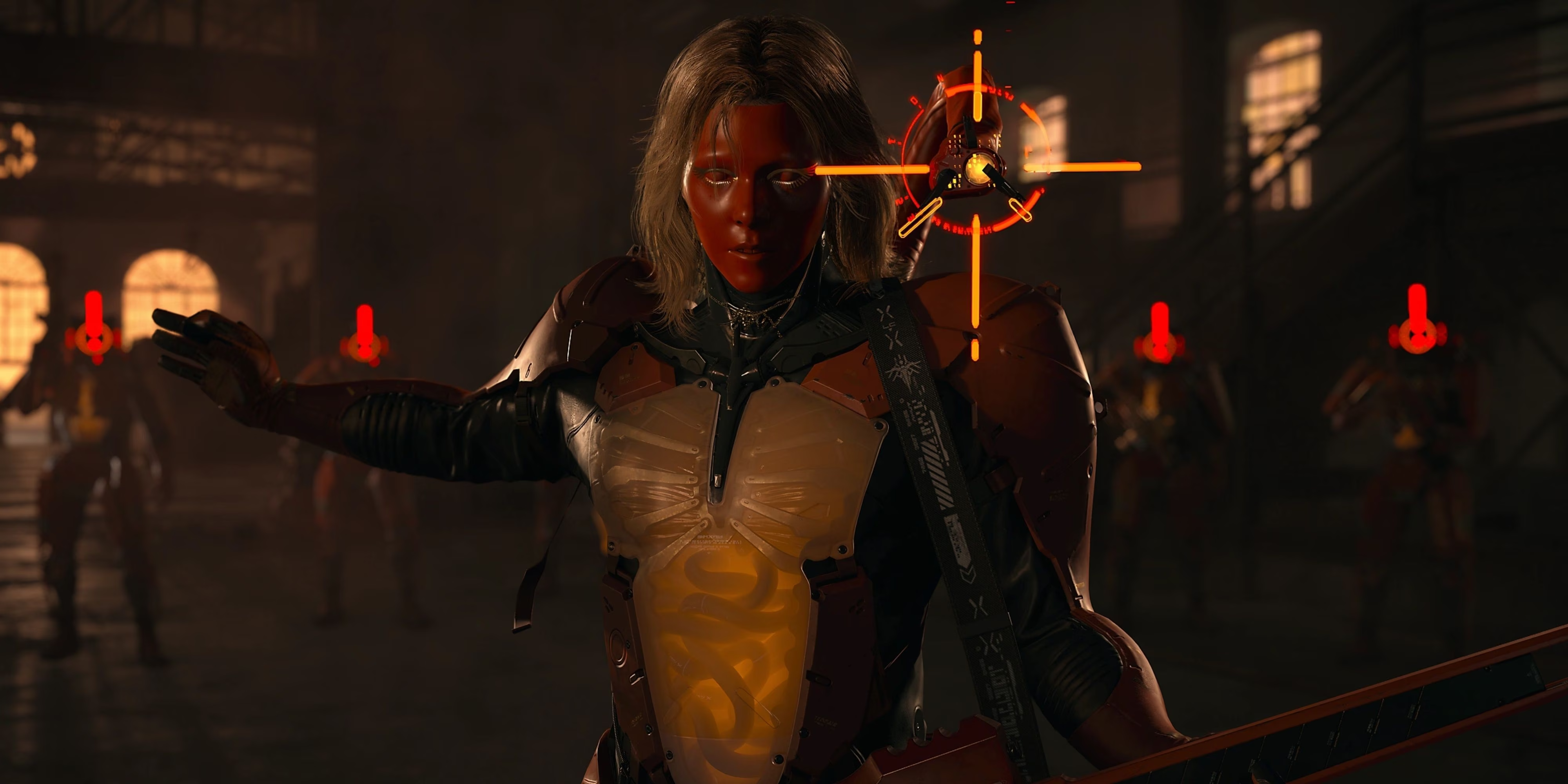I still remember the day I first heard about Kojima's unusual approach to Death Stranding 2: On The Beach. It was during a rainy afternoon in my apartment, scrolling through gaming news, when I discovered something that made me pause mid-sip of my coffee. Apparently, the legendary game designer had intentionally made his game less appealing after early testers loved it too much. As someone who's spent countless hours in the original Death Stranding's haunting landscape, this revelation both frustrated and fascinated me.

The Art of Deliberate Discomfort
'If everyone likes it, then it's mainstream.' These words from Kojima, shared by composer Woodkid (Yoann Lemoine) in a Rolling Stone interview, have been echoing in my mind for days. Imagine being so committed to your artistic vision that widespread approval actually concerns you!
I was midway through my third playthrough of the original game when this news broke, and I couldn't help but laugh at the irony. Here I was, finally in love with a game that had initially confused and frustrated me, and Kojima was essentially saying, 'Yes, that's exactly what I wanted.'
The conversation between Kojima and Woodkid went something like this:
Kojima: 'We have a problem.'
Woodkid: 'What is it?'
Kojima: 'People are enjoying the game too much. It's too accessible.'
I mean, who does that? Only Kojima. Only the man who turned package delivery into one of the most divisive yet profound gaming experiences of the last decade.
My Love-Hate Relationship with Death Stranding
I'll be honest – my first ten hours with the original Death Stranding were torture. I texted my gaming buddy Mark:
Me: 'Dude, I've spent three hours essentially being a post-apocalyptic UPS guy. What am I missing?'
Mark: 'Keep going. Trust me.'
And damn it, he was right. By hour 15, something clicked. The isolation, the connection, the strange beauty of that desolate world – it all started making sense. By hour 22 (where I am in my current playthrough), I was completely immersed in its world and philosophy.
This is precisely the journey Kojima wants players to experience with Death Stranding 2. He doesn't want immediate gratification; he wants the slow burn, the gradual revelation, the earned enjoyment.
The Mainstream Paradox
There's something almost paradoxical about Kojima's approach. Most developers dream of universal acclaim, but Kojima actively resists it. He told Woodkid he wants players to be challenged, to struggle initially, and then have that magical moment where everything falls into place.
I've spent many nights thinking about this approach. Is it pretentious? Maybe. Is it brave? Absolutely.
My gaming shelf is filled with titles that pleased me immediately and were forgotten just as quickly. But Death Stranding? That game haunted me, frustrated me, and ultimately transformed my understanding of what games could be.
What This Means for Death Stranding 2
So what can we expect from Death Stranding 2: On The Beach when it launches next week? Based on Kojima's philosophy, probably not an immediately satisfying experience. And honestly, I'm here for it.
The game has already been delayed from its original planned release date two years ago. Whether that's due to Kojima's revisions or pandemic-related challenges (or both), we may never know for sure.
I've cleared my schedule for the release. My refrigerator is stocked with energy drinks and quick meals. My friends know not to expect responses to texts for at least a week. I'm ready to be confused, frustrated, and eventually enlightened.
The Artistic Vision
What strikes me most about this whole situation is Kojima's unwavering commitment to his vision. In an industry increasingly driven by focus groups and market research, there's something refreshingly pure about a creator who says, 'This is my art. You might not like it at first, and that's intentional.'
Consider this breakdown of Kojima's approach:
| Conventional Game Design | Kojima's Approach |
|---|---|
| Immediate gratification | Delayed satisfaction |
| Universal appeal | Intentional divisiveness |
| Player comfort | Player challenge |
| Market-driven | Vision-driven |
The Waiting Game
As I sit here, counting down the days until release, I find myself in a strange position. I'm excited for a game that its creator has deliberately designed to potentially disappoint me – at least initially.
There's something beautiful about that tension. It's like waiting for a challenging book or an experimental film. You know it might not be an easy experience, but you trust that the journey will be worth it.
I've already warned my non-gaming friends about my impending disappearance into Kojima's world. Their responses have ranged from confusion to concern:
-
'So you're excited about a game designed to frustrate you?'
-
'Why would you pay money for something intentionally less enjoyable?'
-
'Are you in a gaming cult?'
Maybe that last one isn't entirely off-base. There is something almost religious about the devotion Kojima inspires.
Full Circle
As I prepare for Death Stranding 2, I find myself returning to that initial feeling of discovering Kojima's unusual design philosophy. What first struck me as potentially pretentious now feels like artistic integrity of the highest order.
In a world where algorithms feed us exactly what we want and content is increasingly designed for maximum immediate appeal, there's something revolutionary about a creator who says: 'This isn't meant to be immediately likeable. This requires patience. This requires investment.'
So here I am, coffee in hand, ready to be frustrated, confused, and eventually transformed by Death Stranding 2. Because sometimes the greatest artistic experiences aren't the ones that please us immediately, but the ones that challenge us to grow, to think differently, to connect in new ways.
And isn't that connection – that bridge between worlds – what Death Stranding was always about?
